Everyone thought that grocery stores were slowly dying at the hands of Amazon, but the e-commerce giant is actually reversing the trend. With the purchase of Whole Foods and the continued development of its Amazon Go stores, Amazon wants to invest in the old brick-and-mortar system.
With the growth of Amazon Prime Pantry, a service that sends food directly to your home, the need to go into a grocery store is becoming increasingly obsolete. This service is available to anyone with Amazon Prime, which recently increased from $99/year to $119/year. According to Jeff Bezos, Amazon Prime has roughly 100 million members, so there are many people using Prime Pantry.
But recently, Jeff Bezos flipped an apparent 180 on his strategy. In June of last year, Amazon purchased organic grocery store Whole Foods for $13.7 billion, and recently, there have been more developments to increase its popularity. Whole Foods has been known for its high prices, discouraging many middle and low-income consumer markets. However, in attempts to partially curb this and bring more Amazon Prime customers to Whole Foods, Amazon announced yesterday that all Amazon Prime members will receive a 10% discount at Whole Foods stores.
At this point, it’s unclear as to whether or not this will actually increase the number of Whole Foods customers. While it likely won’t affect the low-income market, it could bring more middle-income individuals to the grocery store, as they are more likely to have Amazon Prime than low-income consumers. But is 10% enough to significantly garner more customers? Time will tell, but Bezos might need to raise the discount if he wants to see significant growth in those numbers.
Additionally, Amazon is seeking to bring Amazon Go stores, a cashier-free grocery store, to San Francisco and Chicago. In these stores, customers simply grab whatever items they want and walk out of the store – the items taken are automatically charged to their Amazon account. There is currently only one Amazon Go store in Seattle, which opened in January, and data on the success of it is unavailable because it is so new, but the planned expansion is a telling sign of the Seattle location’s performance.
If this technology works, then this could completely change the grocery store industry. One of consumers’ biggest problems with grocery shopping is the lack of open checkouts, according to Consumer Reports. This cashier-less technology completely eliminates that problem. Shoppers still enjoy seeing the tangible groceries in person, which is why electronic grocery shopping has not completely taken over, and the time-efficiency of shopping with this technology would make the process much more appealing.
The technology also gives Amazon more consumer data about what their shoppers are purchasing. With their software and data-mining tools, they can effectively determine which items shoppers purchase the most (and least) and adjust their inventory accordingly.
However, there are some cons about this technology, as well. First, it will target many tourists, crowding the store with people who have no intention of buying many – if any – groceries. This could become frustrating to regular customers and deter them from regularly visiting the store for groceries.
Also, the cashier-less grocery stores will start to derail the job market. 3.4 million people work as cashiers, and this technology would make their position obsolete, sending the job market into a frenzy. And obviously, this is a faraway future, but it is definitely a possibility if the success continues.
With the domination of online groceries through Amazon Prime Pantry and the continued development of its brick-and-mortar grocery stores through Whole Foods and Amazon Go, Amazon is gradually dominating the grocery market. Although it will take a while to see if Whole Foods and Amazon Go succeed under Bezos, they seem to be making tremendous progress, which is bad news for competitors like Wal-Mart, Kroger, and Target.
Featured image via Flickr/Canonicalized


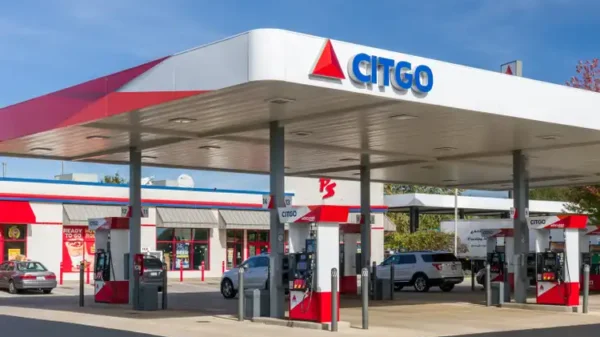










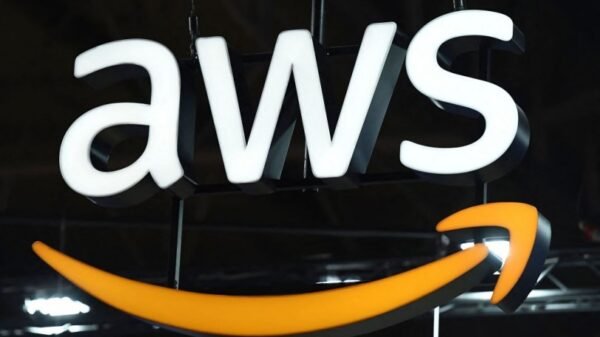




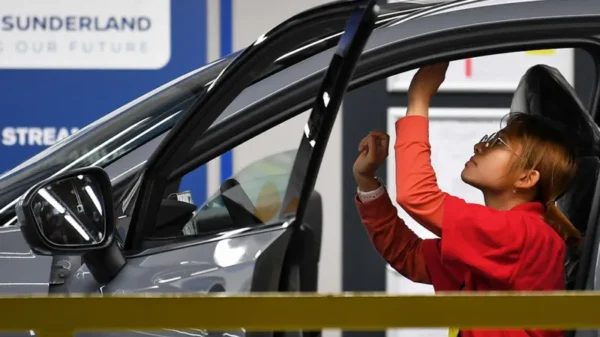







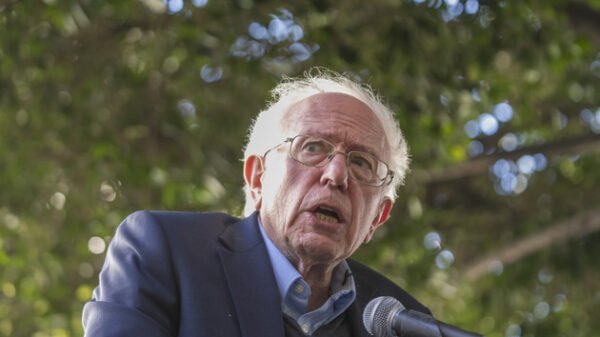































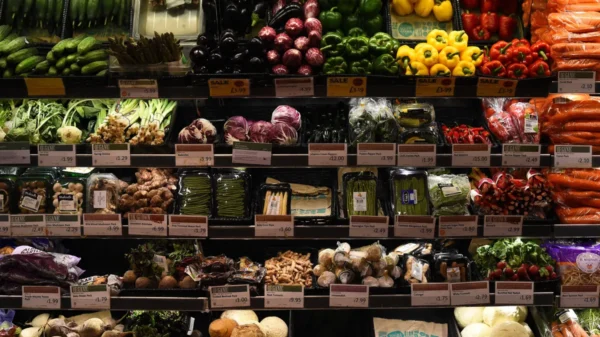





Comment Template